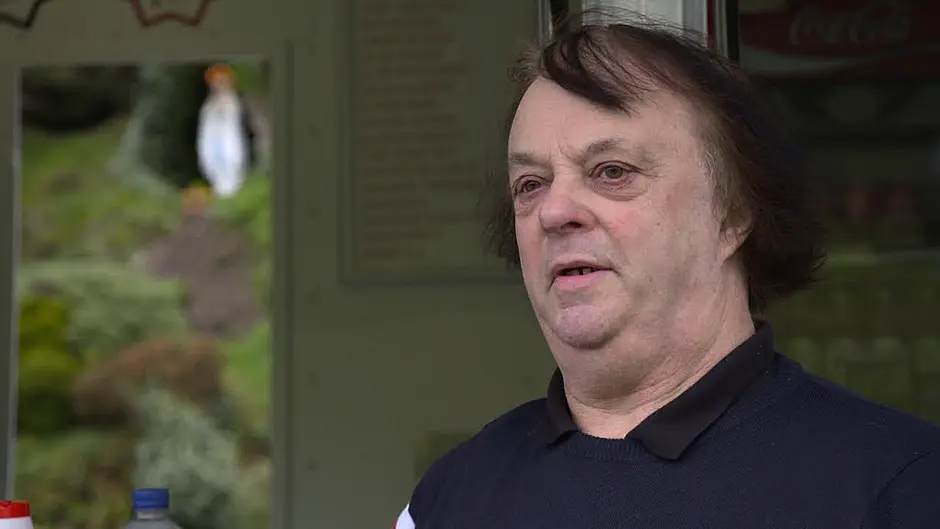LAST year’s RTÉ documentary Moving Statues – The Summer of 1985, not only unearthed previously unseen footage, but also introduced the story to a whole new generation.
For many, this was their first time seeing the phenomenon that gripped the country during that very wet Irish summer.
The producer David Whelan said that while he had seen some footage before, he realised that he had never really gone through the archive to maximise its potential.
‘There was so much footage that had been unused and unseen and we just thought it would be great to do a programme – it was a real summertime programme,’ David told The Southern Star.
‘Everybody remembers Ballinspittle and I, like many others, thought it just happened there and a few other places. But it was all over the country and there were something like 200 sightings and visions that summer.’
He recalled one report from Culleens in Sligo – that features in the documentary – of four teenage girls who reported seeing a floating life-size Virgin Mary hovering in the sky on a country road one night.
‘Three days later 20,000 people gathered in a field in the middle of nowhere looking up at the sky!
‘We had footage of that and interviews with the girls from 1985 that I didn’t realise we had, and interviews with people sitting in ditches and hedges.’
Having always believed that it was in Ballinspittle that the sightings were first reported, he was surprised to find out that it had all kicked off earlier in Astee in North Kerry, when a seven-year-old girl – who was preparing for her Holy Communion – reported seeing a statue of the Virgin Mary move in the local church.
‘This travelled like wildfire and then someone claimed to have seen a statue move in Ballylongford and then Inchigeelagh, and then it made its way to Ballinspittle.’
David visited Ballinspittle for a couple of days while filming the documentary, and he met a man there who twice filled containers of water from a tap at the grotto, to bring them home to drink, such was his faith in its properties.
‘The documentary got huge viewership because retelling a story like that – you’re tapping into a whole generation who are not familiar with it, lot of people who had no idea about it,’ said David.
With an excellent 80s soundtrack, coupled with snippets of news from the time, and shots of that awful weather, it perfectly captured the ‘summer of 85’ in Ireland.
‘Lots of people remember going to Ballinspittle, and other places, just to have a look,’ he said. ‘What was typical of many places – like Monasterevin too – was there was nothing else to do and it almost became a social event for people to gather at one spot and say a few prayers, and even have a bit of craic.’
He said the vandalism of the statue later that year and the subsequent court case meant it was a story that seemed to just keep on giving.
‘You revisit these things and you think it’s just Ballinspittle but then there’s so much to it, and it was fantastic to find those extra stories,’ recalled David.
‘It was a great programme to work on and I think Ballinspittle will always be quite a famous place that will be talked about, for a long time.’







